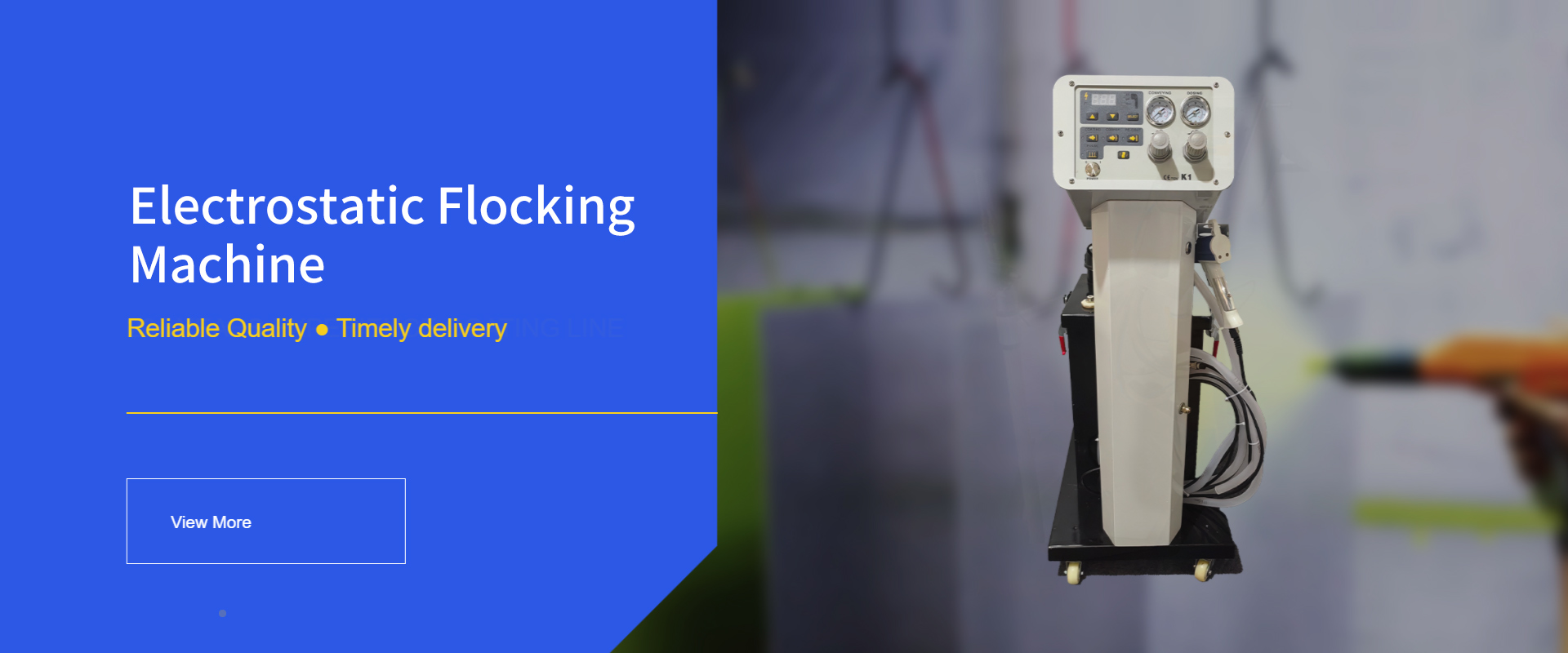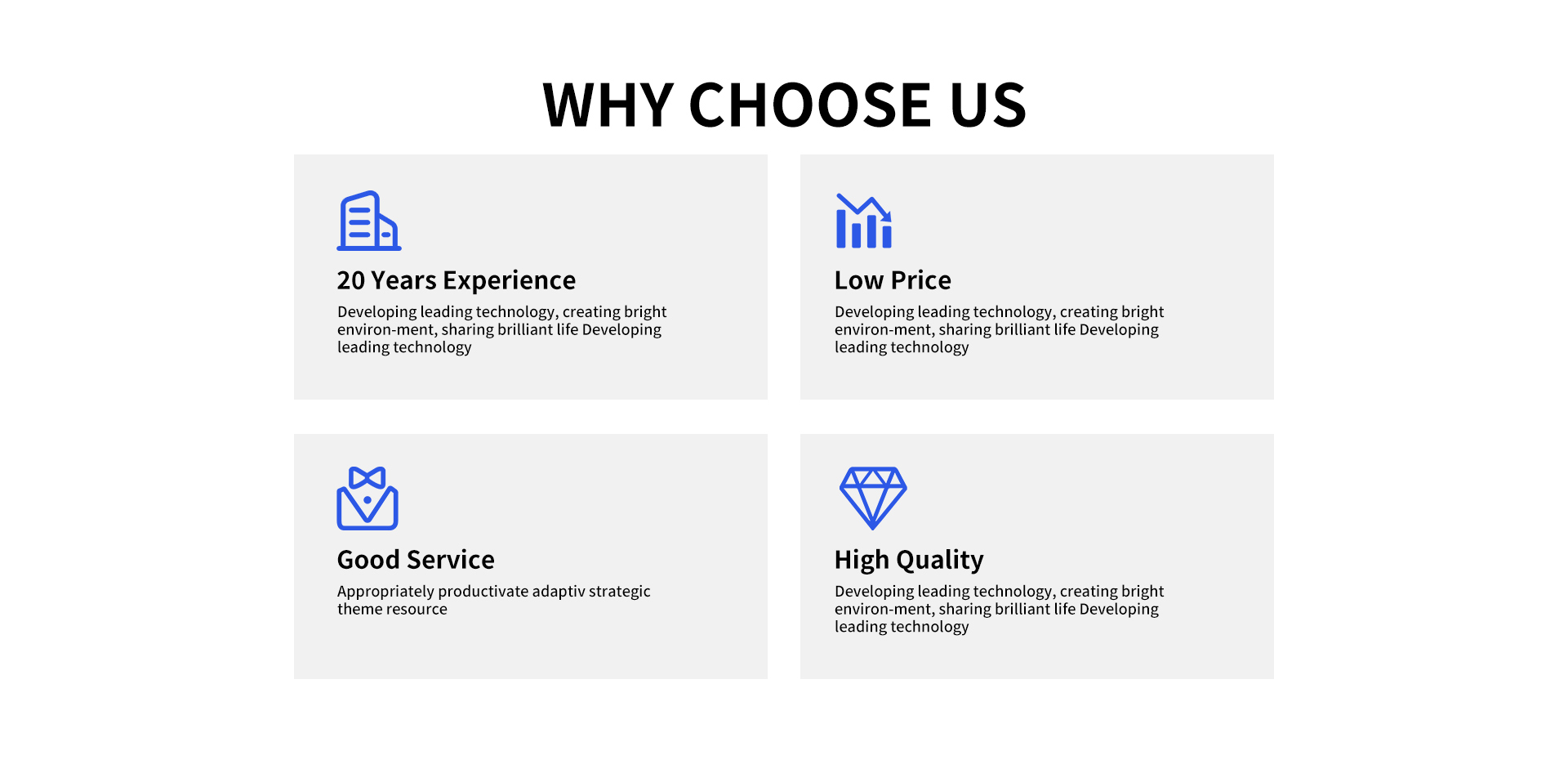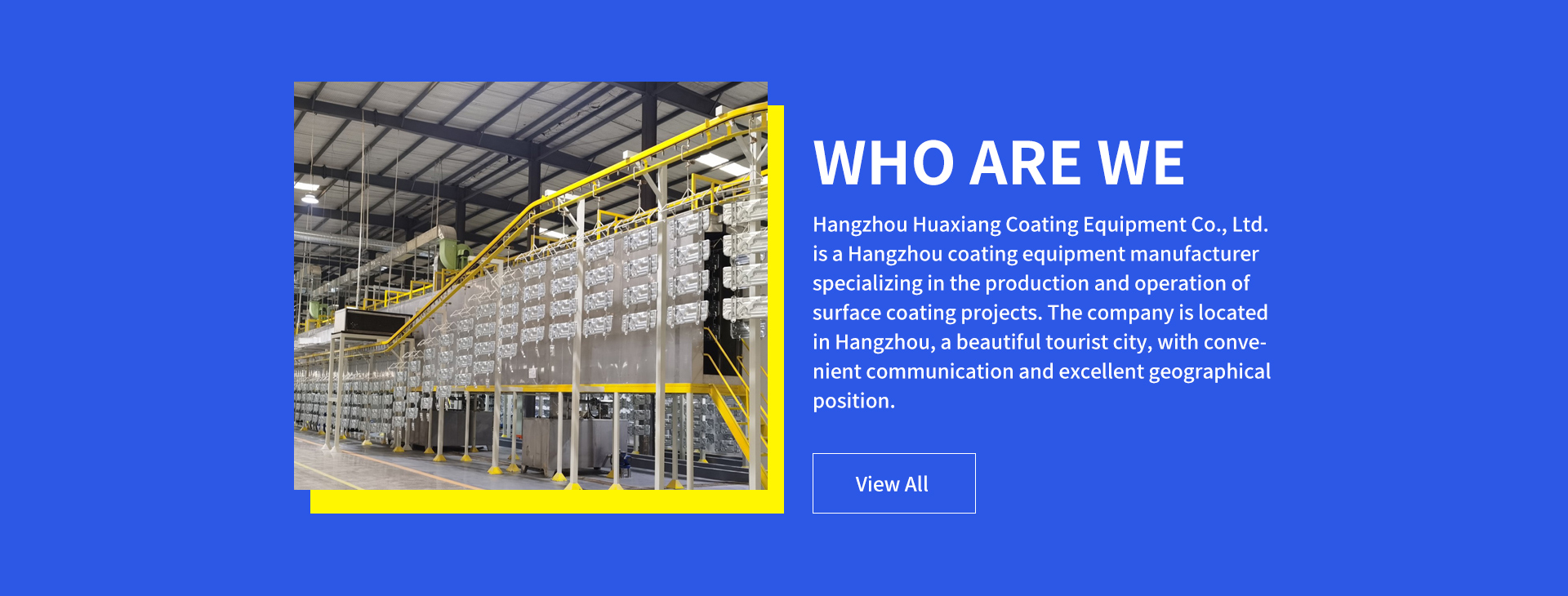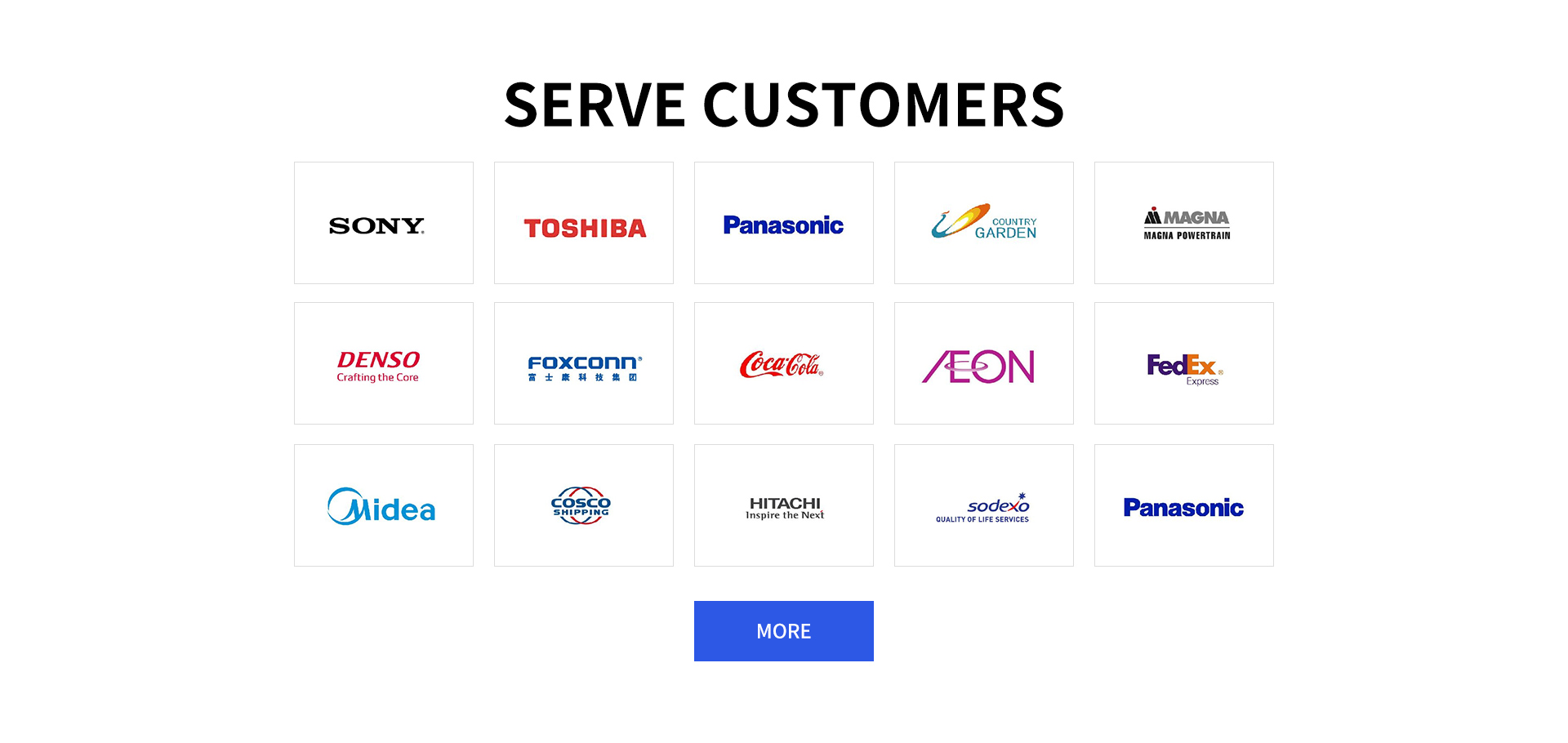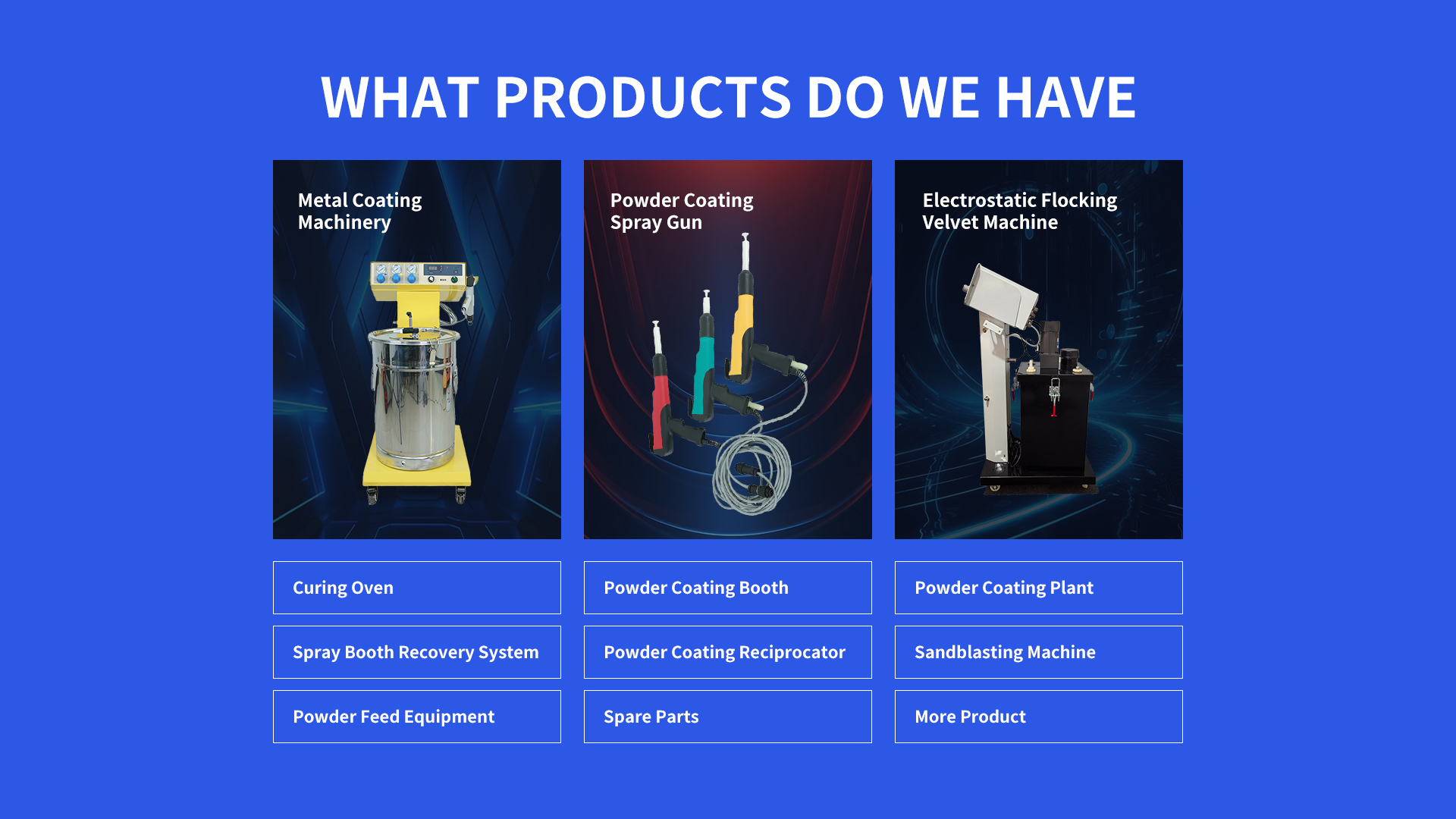Powder Coating Extruder Machine: A Buyer's Guide to Selection and Use
The Powder Coating Extruder Machine market serves the powder coating production industry, with demand from small-scale powder manufacturers to large chemical plants. Prices vary: compact lab-scale machines start around $15,000, while industrial-grade models with high output can exceed $200,000, depending on capacity and automation.
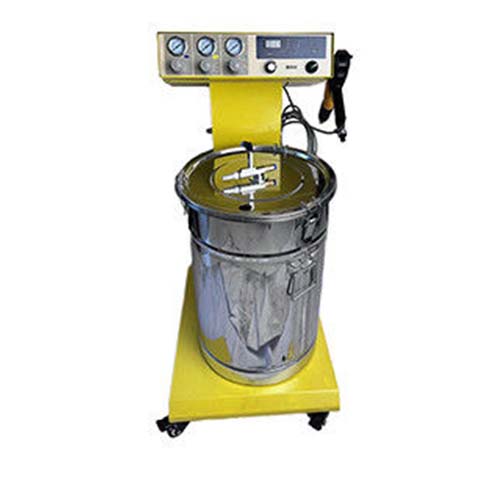
Powder Coating Extruder Machine play a key role in powder coating production projects. Small powder manufacturers use them to create custom color blends for automotive touch-up coatings. Large chemical companies rely on industrial Extruder Machine to produce bulk powder coatings for construction materials like steel beams and window frames. These machines also support specialty projects, such as creating heat-resistant powders for kitchen appliances or anti-corrosive blends for marine equipment. Each project depends on the Extruder Machine to mix raw materials into a uniform, meltable compound.
Powder Coating Extruder Machine are integral to the powder coating manufacturing process. They work by melting and blending raw materials—resins, pigments, fillers, and additives—under controlled heat and pressure. The process starts with dry mixing of ingredients, which then enter the Extruder Machine. Inside, rotating screws push the mixture through a heated barrel, where it melts and homogenizes. This melted compound is then cooled, crushed, and sieved into fine powder. The technology ensures consistent particle size and ingredient distribution, critical for achieving uniform coating quality in later application stages.
Powder Coating Extruder Machine are industrial devices designed to blend and melt raw materials into a homogeneous compound, a key step in powder coating production. Unlike simple mixers, they use mechanical shear and heat to fuse ingredients, ensuring pigments and additives are evenly dispersed within the resin base. These machines come in various sizes, from bench-top units for small-batch testing to large continuous Extruder Machine for mass production. They are essential in converting raw chemicals into the fine powder used in powder coating applications across industries.
Feeding System: This component delivers dry raw materials (resins, pigments, additives) into the Extruder Machine. It includes a hopper with a screw feeder that controls the flow rate, ensuring a steady supply to the extrusion chamber. Adjustable feed rates allow operators to match material input to the machine’s processing capacity.
Extruder Barrel and Screws: The barrel is a heated cylinder where raw materials melt and mix. Inside, rotating screws with specially designed flights (threads) generate shear force, breaking down clumps and blending ingredients. The screws’ speed and the barrel’s temperature are adjustable to optimize melting for different material formulations.
Cooling and Pelletizing Unit: After extrusion, the molten compound exits the barrel and enters a cooling system—often a water bath or air cooler—to solidify. The cooled material then moves to a pelletizer, which cuts it into small, uniform chips. These chips are later ground into fine powder, making them ready for coating applications.
Powder Coating Extruder Machine offer several key advantages. They ensure uniform mixing of raw materials, which is critical for consistent powder quality—poorly mixed powders lead to uneven coating finishes. These machines are highly efficient, with industrial models processing hundreds of kilograms of material per hour. They also support flexibility: operators can adjust temperature, screw speed, and feed rates to produce different powder types, from epoxy to polyester blends. Additionally, modern Extruder Machine are designed to minimize waste, as excess material can be reprocessed, reducing production costs.
When choosing a
Powder Coating Extruder Machine, start by assessing production volume. Small manufacturers producing less than 50kg/hour can opt for a lab-scale machine with a 30-50mm barrel diameter. For large-scale production (200kg+/hour), select an industrial model with a 100mm+ barrel and twin screws for better mixing. Consider material types—twin-screw Extruder Machine handle abrasive fillers (like silica) better than single-screw models. Check for adjustable temperature zones (3-5 zones) to control melting stages. Also, evaluate automation features: touchscreen controls and recipe storage simplify repeat production, saving time for operators.
Operating a Powder Coating Extruder Machine requires strict safety measures. Always wear heat-resistant gloves and safety glasses, as the barrel and molten material reach high temperatures (150-200°C). Ensure the machine is properly grounded to prevent electrical hazards. Before starting, inspect the screws and barrel for debris that could cause jams. Never open the barrel during operation, as sudden pressure release may eject hot material. After use, allow the machine to cool to 50°C or lower before cleaning. Keep emergency stop buttons accessible, and train operators to use them for jams or overheating.
Maintaining a Powder Coating Extruder Machine extends its lifespan and ensures consistent output. Daily, clean the hopper and feed screws to prevent material buildup, which can clog the system. 每周,inspect screw flights for wear—damaged flights reduce mixing efficiency and may need replacement. Monthly, lubricate bearing assemblies and check heating elements for uneven heating. Calibrate temperature sensors quarterly to ensure accurate heat control. For twin-screw models, check alignment annually; misaligned screws cause uneven wear and poor mixing.
Common issues with Powder Coating Extruder Machine include uneven melting. This may stem from inconsistent barrel temperatures—check and recalibrate heating zones. If the extruded compound has lumps, the screws may be worn or the feed rate too high; reduce feed speed or replace screws. A sudden drop in output could indicate a clogged die (the exit opening); shut down the machine, cool it, and clear the blockage. If the machine vibrates excessively, check for loose bolts or misaligned components and tighten or realign as needed.
Cleaning a Powder Coating Extruder Machine is critical to prevent cross-contamination between batches. After production, run a cleaning compound (like polyethylene pellets) through the machine at operating temperature to dislodge residual material. Once the compound exits clear, shut down the machine and let it cool to 60-70°C. Use a brass brush to clean the barrel interior and screw flights—avoid steel brushes, which can scratch surfaces. Wipe the hopper and feed system with a dry cloth. For stubborn residue, soak removable parts in a solvent compatible with the raw materials (check manufacturer guidelines) before rinsing and drying thoroughly.
Statement: Hangzhou Huaxiang Coating Equipment Co., Ltd Chinese Powder Coating Equipment facturers provide you with customized equipment for various types of Powder Coating Lines, Powder Coating Ovens, Powder Coating Booths,Powder Coating Guns, etc. For inquiries! Contact us at
Email: gezx@cncolourspray.com
WhatsApp: +86 13335812068

